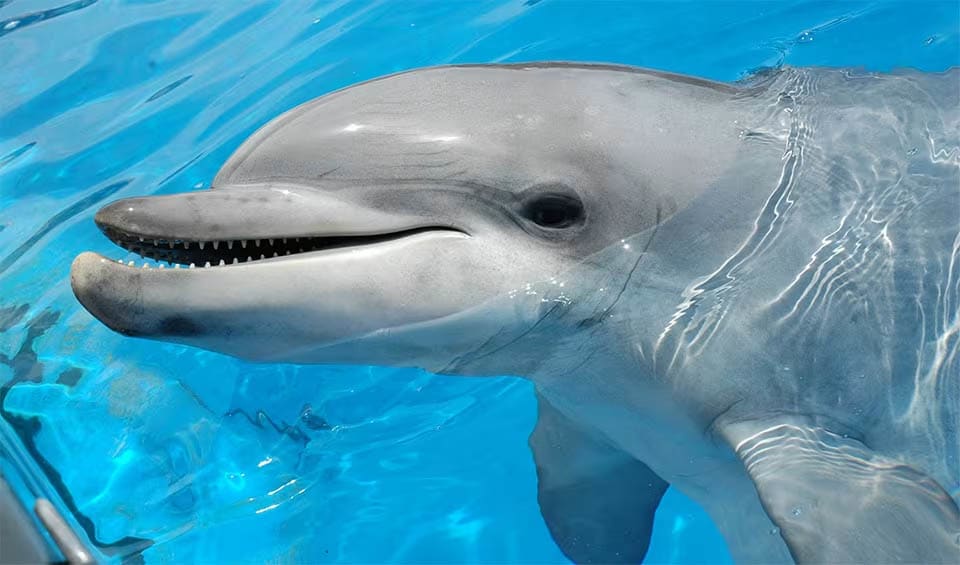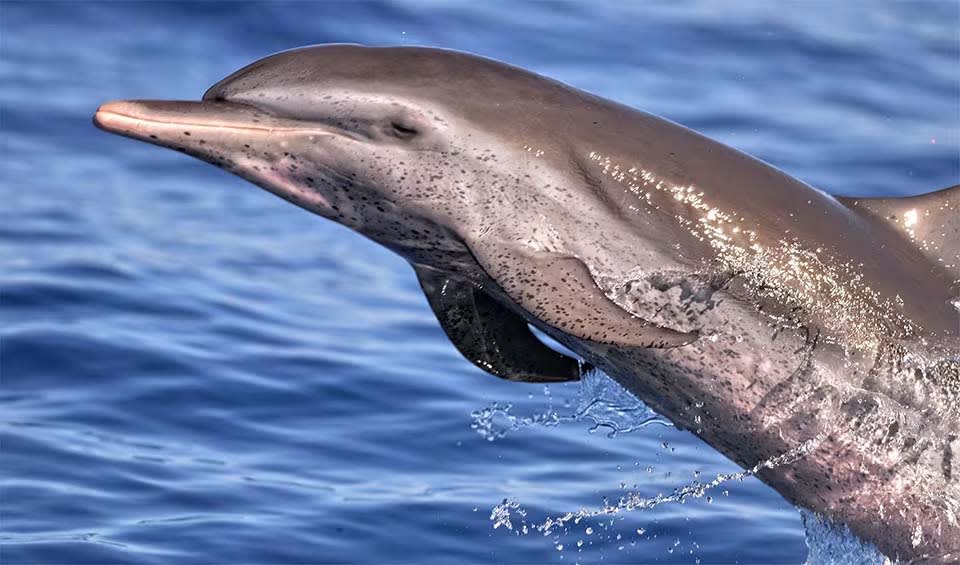Dominica is a lush, mountainous island nation located in the Lesser Antilles between Guadeloupe and Martinique. Covering an area of 750 km² (290 mi²), Dominica is renowned for its unspoiled natural beauty, volcanic landscapes, and abundant biodiversity. With a population of approximately 70,000, the island is home to a vibrant culture deeply connected to its natural environment.
Dominica’s varied landscapes include towering volcanic peaks, lush rainforests, and beautiful beaches. The island’s highest peak, Morne Diablotin, and geothermal features like the Boiling Lake showcase its volcanic activity. Dense rainforests, protected within national parks such as the UNESCO-listed Morne Trois Pitons National Park, are home to hot springs and waterfalls like Trafalgar Falls, Emerald Pool, and Victoria Falls. Dominica’s coastline features black sand beaches, rocky cliffs, and secluded bays, with rich marine environments, including coral reefs and seagrass beds. The Champagne Reef, famous for its underwater volcanic vents, is a popular snorkeling and diving spot.
Four pillars elaborated:
Dominica’s protected areas network is a significant achievement, with 25% of the country’s forest land legally protected as forest reserves or national parks. Each of the three national parks has management plans and continuous monitoring activities, and Morne Trois Pitons National Park was declared a UNESCO World Heritage site in 1998. Additionally, more sites, including sections of rivers, waterfalls, old plantations, and historic sites, are being recognized as protected areas, even if not officially legislated as such. Land Management
Land Management
The Government is also working on establishing biosphere reserves in collaboration with UNESCO’s Man and the Biosphere program. In the marine environment, the Soufriere-Scottshead Marine Reserve, designated in 1998, protects a world-class scuba diving destination and a traditional fishing area, using a community-based approach to prevent conflicts between fishermen and the water sports sector.
Dominican biodiversity faces several main threats, including deforestation (though the rate of forest loss has recently declined), overexploitation of wildlife, encroachment, and land degradation, which is particularly impactful given Dominica’s fragile forest landscape. Threats to Biodiversity
Threats to Biodiversity
Other threats include unregulated development, introduction of foreign species, loss of agrobiodiversity, climate change impacts, uncontrolled use of biotechnologies, pollution, increasing natural disasters such as hurricanes and seismic activity, land mining, the gradual loss of traditional knowledge, and inadequate legal and institutional frameworks.
Dominica has taken significant steps to build capacity and manage natural resources, including training programs, establishing databases under the Sustainable Land Management Project, procuring tools and materials, and promoting community participation. The Ministry of Environment, Natural Resources, Physical Planning and Fisheries leads environmental matters, with support from the Ministries of Agriculture and Forestry, and Housing, Settlements, and Water Resource Management. Capacity and Governance
Capacity and Governance
The Environmental Coordinating Unit oversees all environmental and sustainable development activities, liaising with government and private agencies, advising on policy, and promoting public awareness. Initiatives like the USAID Caribbean Open Trade Strategy (COTS) integrate disaster risk reduction with economic planning. The Forestry Division protects avian species, and the Agriculture Division controls alien species. Environmental Impact Assessments (EIAs) are mandatory for all developments, fostering inter-agency collaboration.
The Forestry and Wildlife Division, Fisheries Division, and Department of Tourism work together to balance biodiversity protection with tourism growth. The Fisheries Division also collaborates with the International Oceanographic Commission on the Caribbean Marine Atlas. Financial support comes from organizations such as LDC-SIDS, European Union, USAID, FAO, GEF, and the Zoological Society of London.
Dominica’s Biodiversity Plan 2030 aims to create a resilient and sustainable future for the island’s rich biodiversity. The plan prioritizes mapping and protecting the diverse forest ecosystems, which are crucial for maintaining ecological balance and supporting a wide variety of species. It also focuses on establishing viable and sustainable populations of native species, ensuring their long-term survival amidst environmental changes and human impact. Additionally, the plan emphasizes the importance of monitoring biodiversity to track the health of ecosystems, identify emerging threats, and adapt conservation strategies accordingly. Future Trends
Future Trends
Biodiversity
Dominica’s rich biodiversity stems from its varied ecosystems, which support an impressive range of flora and fauna. The island’s plant life includes tropical rainforests, cloud forests, and coastal vegetation, with over 1,000 species of flowering plants like orchids, bromeliads, and ferns. Forests are dominated by trees such as mahogany, teak, and the iconic gommier. Botanical gardens, like the Dominica Botanic Gardens in Roseau, showcase this diverse flora.The island’s fauna features a variety of endemic and migratory species, notably over 170 bird species. Dominica’s national bird, the Sisserou parrot, and the Red-necked parrot are both endemic and endangered. The island’s rivers and forests are home to mammals like agouti and bats, while its coastal waters support marine life including dolphins, whales, and sea turtles. Dominica is also one of the best places in the Caribbean to observe sperm whales year-round.
In the table below are the number of known species in several main groups, how many of these species are Threatened with extinction, and how many of them are Endemic (unique to Dominica only):
| Species (World rank) |
Threatened | % Threatened | Endemic | % Endemic | |
|---|---|---|---|---|---|
| Mammals | 96 (#115) | 3 | 3.1% | 1 | 1.0% |
| Birds | 181 (#173) | 6 | 3.3% | 3 | 1.7% |
| Reptiles | 152 (#64) | 3 | 2.0% | 40 | 26.3% |
| Amphibians | 4 (#169) | 2 | 50.0% | 1 | 25.0% |
| Fishes | 503 (#116) | 34 | 6.8% | ||
| Plants | 1,452 (#163) | 12 | 0.8% |
mammals
Common bottlenose dolphin
Known for their acrobatic leaps, twisting and turning gracefully as they jump completely out of the water
Pantropical spotted dolphin
A champion swimmer and a social butterfly of the warm seas
birds
Roseate spoonbill
An easily recognizable bird due to its pink body and spatulate bill
Scarlet ibis
The flocks of this striking self-descriptive bird are a sight to behold
Anhinga
Their neck vertebrae have a hinge mechanism that allows it to dart its long neck and pierce its prey quickly
National Animals
Imperial amazon
One of the largest species of Amazon parrots, making it an iconic and treasured species










